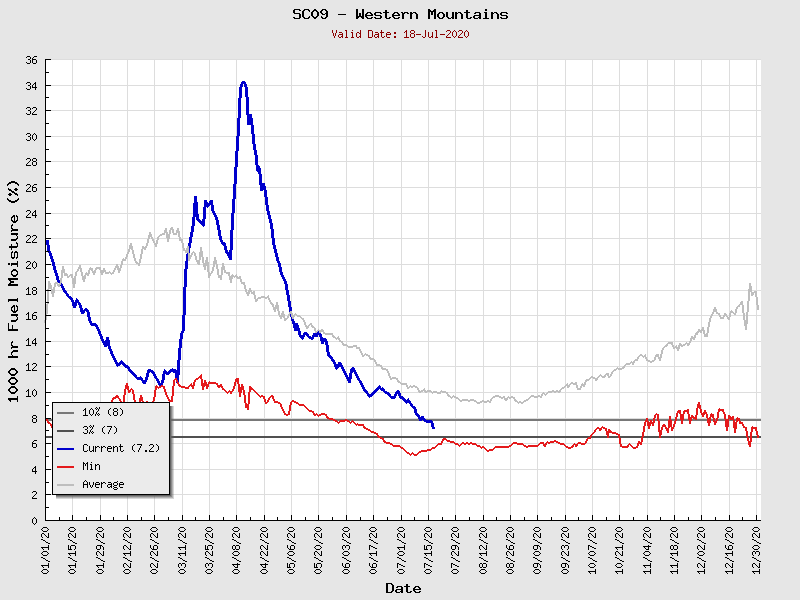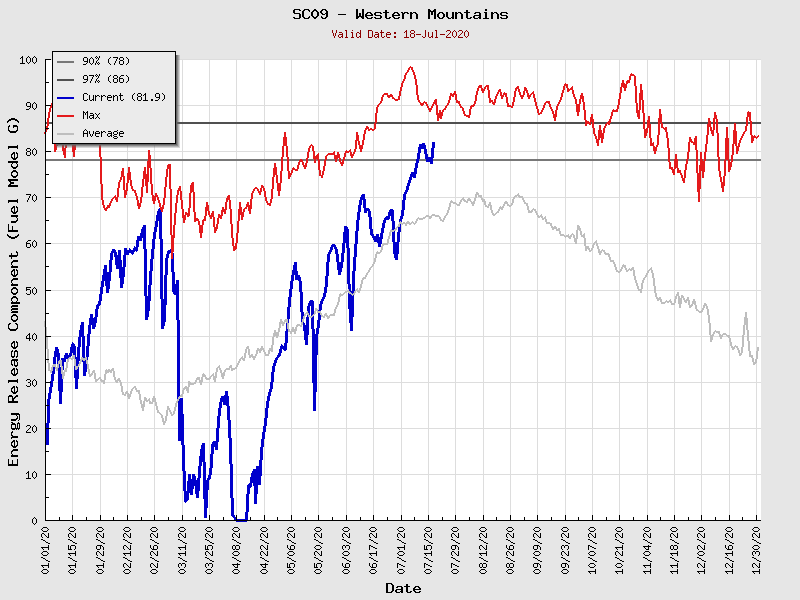May 2nd, 2020
- Department of Water Resources conducted its final snow survey of the water year at Tahoe’s Phillips Station and the results provided a depressing outlook to the state’s water prospects for the immediate future. The survey recorded 1.5 inches of snow depth and a snow water equivalent of 0.5 inches, which is 3 percent of the May average for this location.
While the snowpack in Tahoe is paltry, the statewide outlook is a little better at 37 percent of the May average.
“March and April storms brought needed snow to the Sierras, with the snowpack reaching its peak on April 9, however those gains were not nearly enough to offset a very dry January and February,” “The last two weeks have seen increased temperatures leading to a rapid reduction of the snowpack. Snowmelt runoff into the reservoirs is forecasted to be below average.”
Dry conditions in October and November were followed by precipitation in December that measured 120 percent of average. Very dry conditions returned to much of the state in January and February, with March and April storms leading to the snowpack peaking at just 66 percent of average on April 9.
The state’s six largest reservoirs currently hold between 83 percent (San Luis) and 126 percent (Melones) of their historical averages for this date. Lake Shasta, California’s largest surface reservoir, is 94 percent of its historical average and sits at 81 percent of capacity.






